Overview

The Badger was planned to compete with Tesla's proposed CyberTruck and go into production in 2022. Here's why it's a hotly debated subject.
What's New?
The Badger appeared to be yet another model in the expanding market for electric pickup trucks. However, since General Motors and Nikola revised their partnership agreement and GM decided to only provide fuel cells to the startup company, plans have changed. The Badger will no longer be constructed as a result of the change.
For the Badger, Nikola hadn't decided on an exact price. The business had been accepting deposits between $250 and $5000, but now it promises to refund all submitted orders.
Nikola Badger's EV Motor, Power, and Performance
There would be two different powertrain options for the Badger: battery-electric or hybrid battery-electric/hydrogen fuel-cell. According to Nikola, the truck will come standard with a 160.0 kWh battery pack and an optional 120.0 kWh fuel cell. The fuel-cell system could later be added for those who initially purchased the electric-only model. The manufacturer claimed that the Badger would have a continuous output of 455 horses and a maximum output of 906 horsepower and 980 lb-ft of torque.
With a fully loaded trailer and a gross combined weight rating (GCWR) of 18,000 pounds, the fastest model is said to have a 2.9-second zero to 60 mph acceleration time, be capable of driving up slopes of 40%, and even launch from a standstill without stalling on a 30% slope.
Nikola Badger's Towing and Payload Capacity
Nikola asserted that the Badger would be able to tow more than 8000 pounds, but it had not provided any information regarding the vehicle's payload or maximum towing capacity. The former figure would fall short of the five-figure tow ratings claimed by the Rivian R1T and Tesla Cybertruck unless it increased by a few thousand pounds.
Battery Life, Charging, and Range
The Badger, an electric-only vehicle, was advertised as having a single charge range of 300 miles. According to reports, the hydrogen fuel cell/battery-electric model has a 600-mile driving range. Although there are only a few hydrogen fueling stations in the United States right now, with the majority of them being in California, Nikola said it was planning 700 locations across North America to expand coverage.
Fuel efficiency and Real-World MPGe
How many electrons and how much hydrogen the Badger would use in the city or on the freeway had not been disclosed by Nikola or the EPA. After those numbers were made public and we had a chance to test the truck on our 200-mile highway route, we could assess how effectively it performed in actual use.
Cargo, Comfort, and the Interior
The interior of the Badger had only been depicted in renderings. According to the illustration, the interior of the truck would combine traditional and futuristic styling elements. Both a conventional center console with multiple cupholders and an innovative floor-mounting system for cargo security were present throughout the cabin. Additionally, Nikola boasted features like five-person seating, waterproof construction, and even a refrigerator that was concealed.

We were informed that the Badger would provide a 15-kW outlet for powering camping gear and power tools, though we were not given any information regarding the size of its cargo bed. Additionally, models powered by fuel cells would have a water fountain for when you need a cup of pure water. (The only thing that exits the tailpipe of a fuel-cell vehicle is water.)
Connectivity and Infotainment
Once more, we were never given much information about the Badger's connectivity and entertainment features. The interior of the truck was only rendered once, and it showed a sizable horizontally oriented screen in the center of the dashboard. There was a row of physical knobs and buttons below it that may have been intended to operate the HVAC system or to be used to interact with the digital interface.
Features for Driver Assistance and Safety
The National Highway Traffic Safety Administration (NHTSA) and the Insurance Institute for Highway Safety never put the Badger through a crash test (IIHS). Although it was unclear what kind of driver-assistance technology it would have, we would have been shocked if it didn't include well-known options like automated emergency braking, adaptive cruise control, blind-spot monitoring, and parking sensors.

Warranty and Maintenance Coverage
We could only make an educated guess as to how long Nikola's protection periods would have been because the company lacks traditional warranty information. They would have likely been priced similarly to other pickup trucks, and the major electrical components would at least be covered by the legally required 100,000-mile or eight-year warranty.
- Limited warranty covers three years or 36,000 miles (est.)
- Powertrain warranty covers five years or 60,000 miles (est.)
- Electrical components covered for eight years or 100,000 miles (est.)
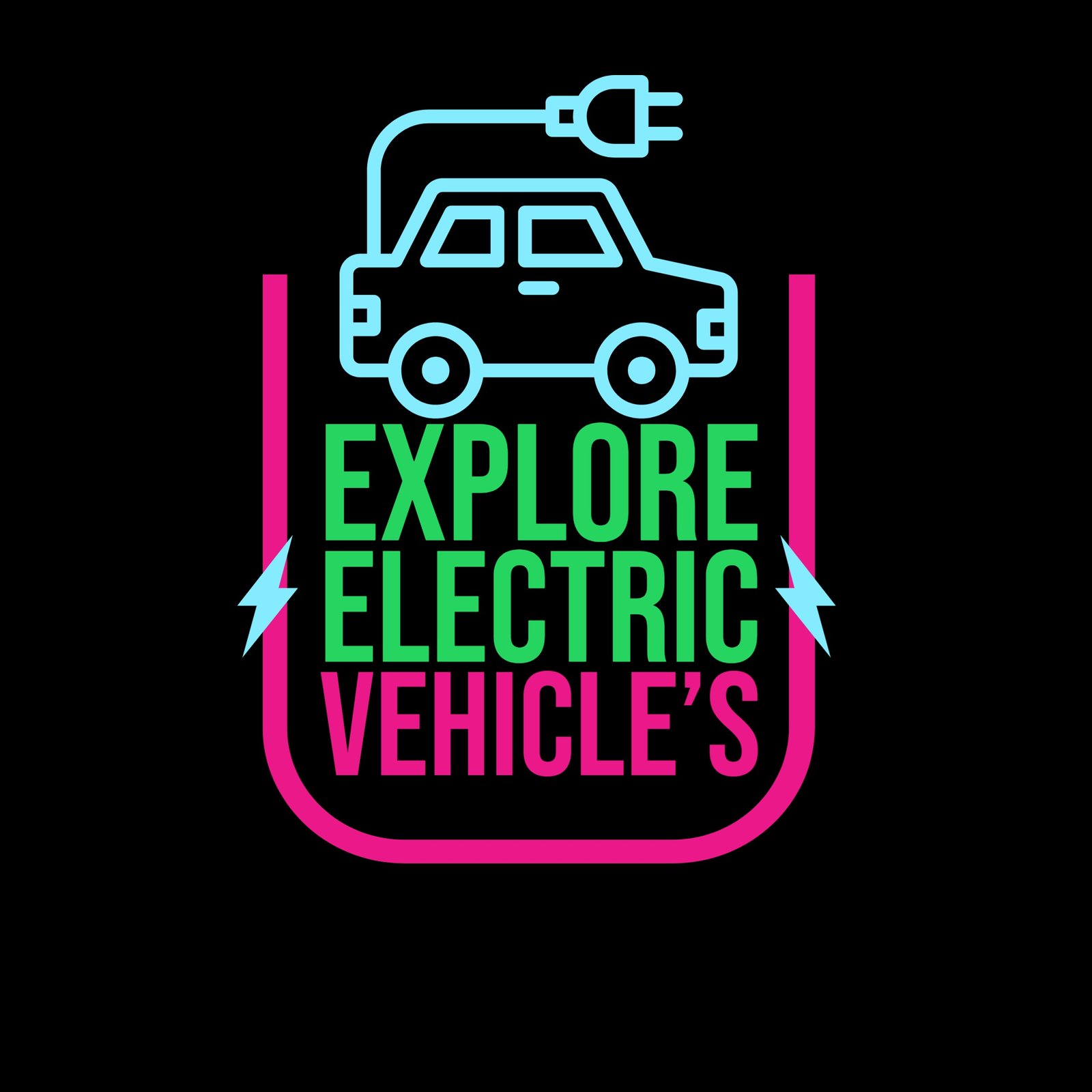

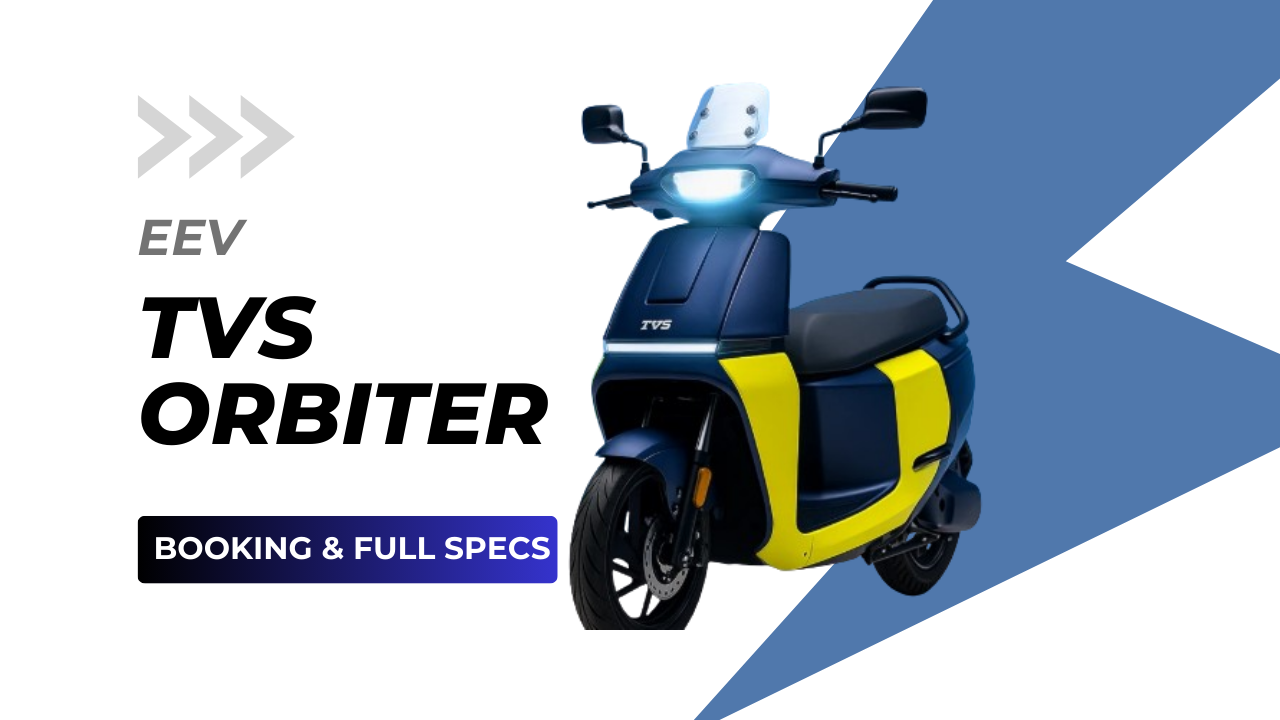
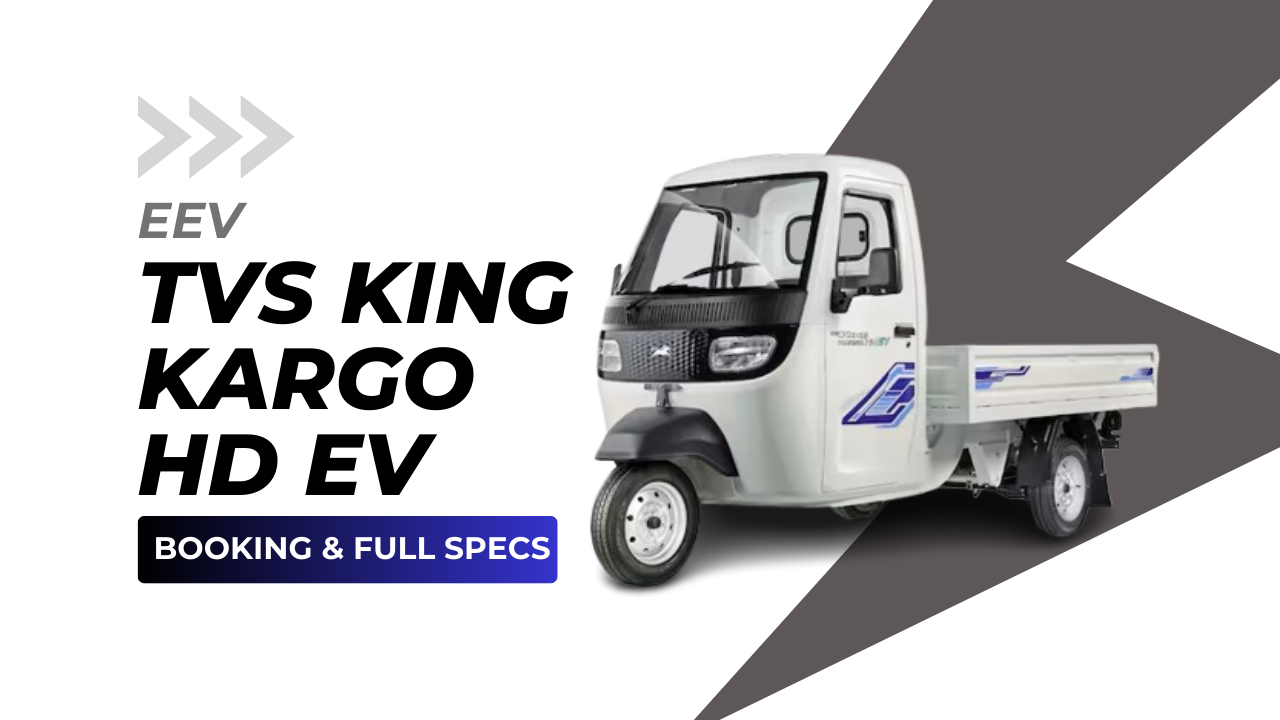


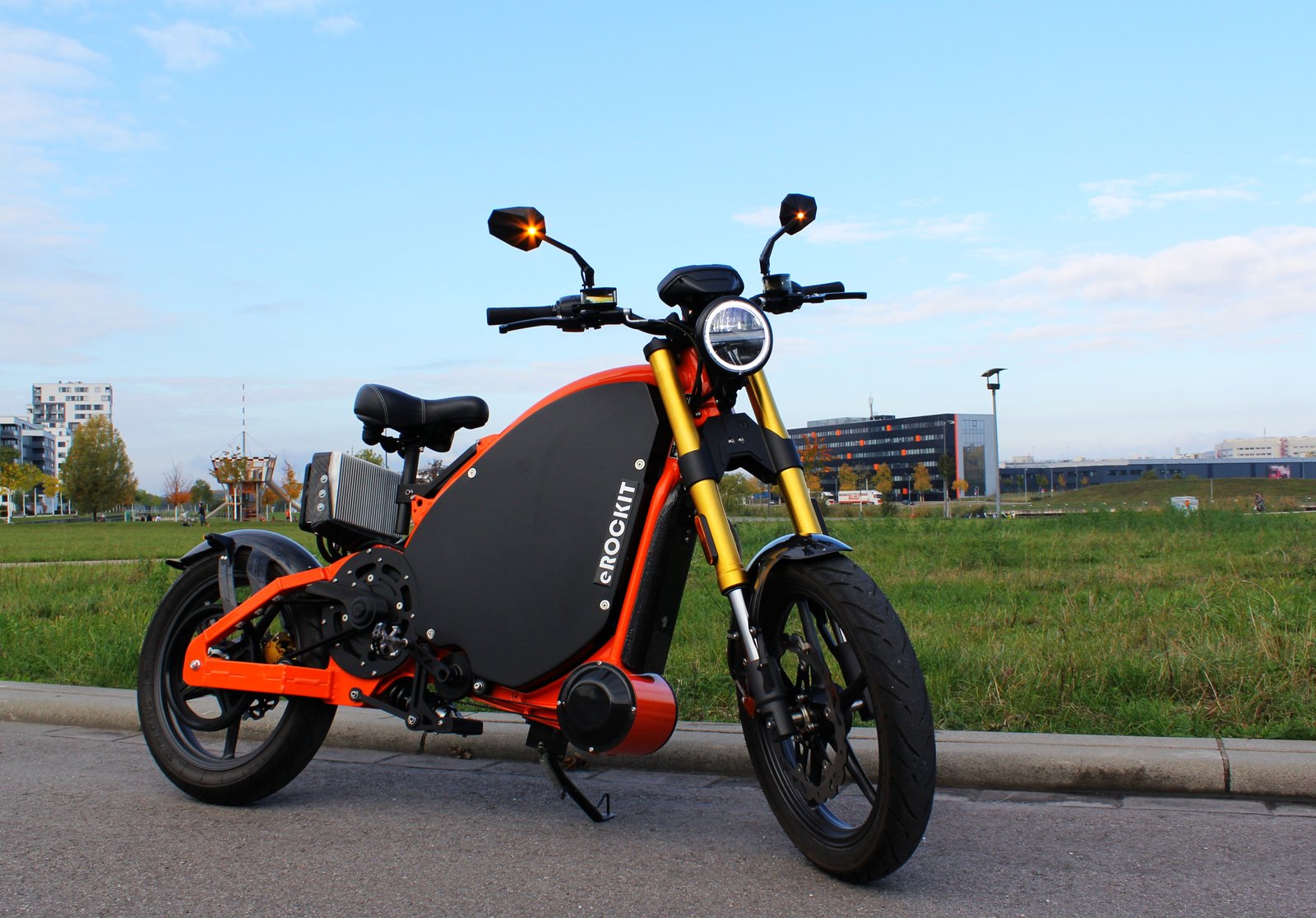

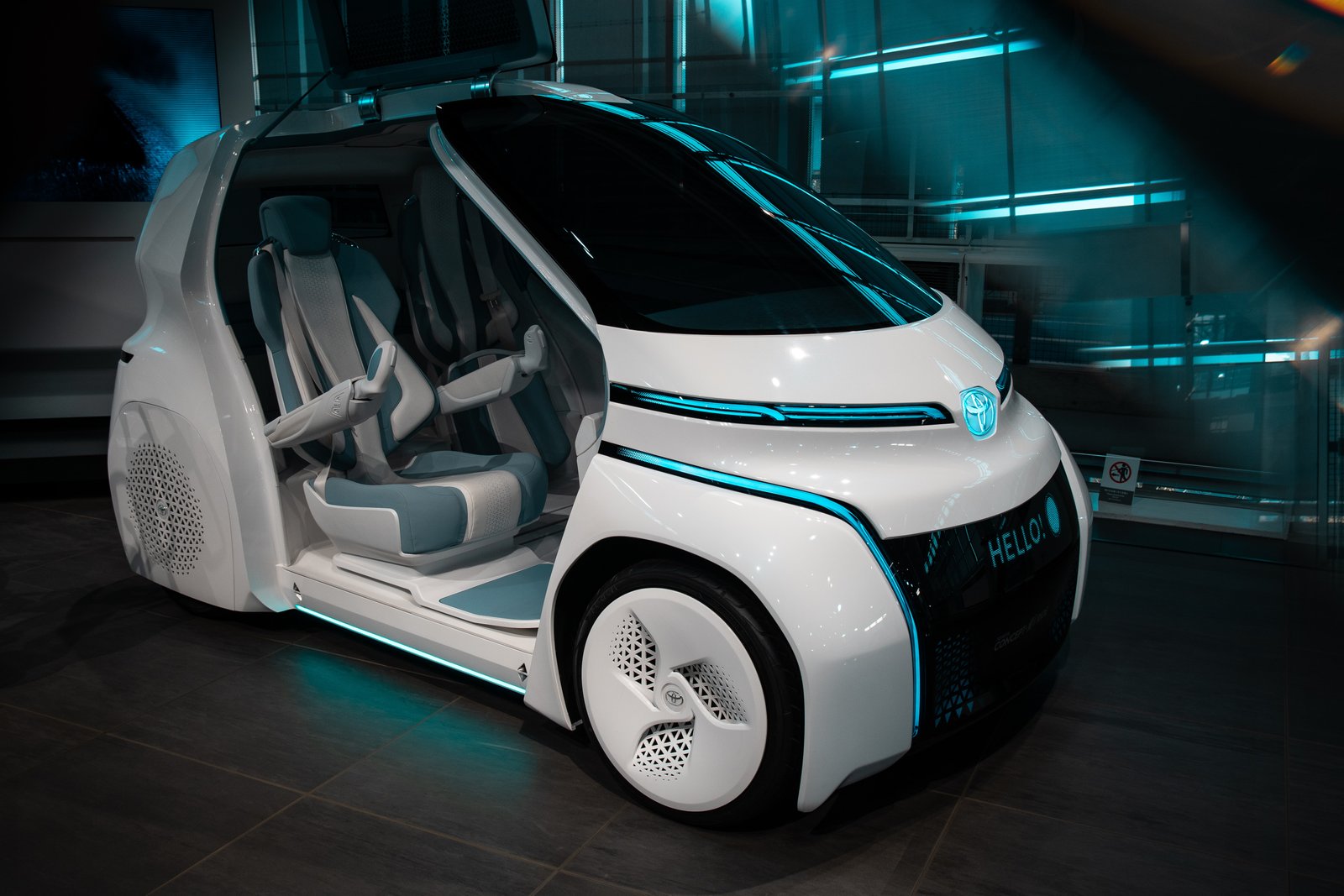
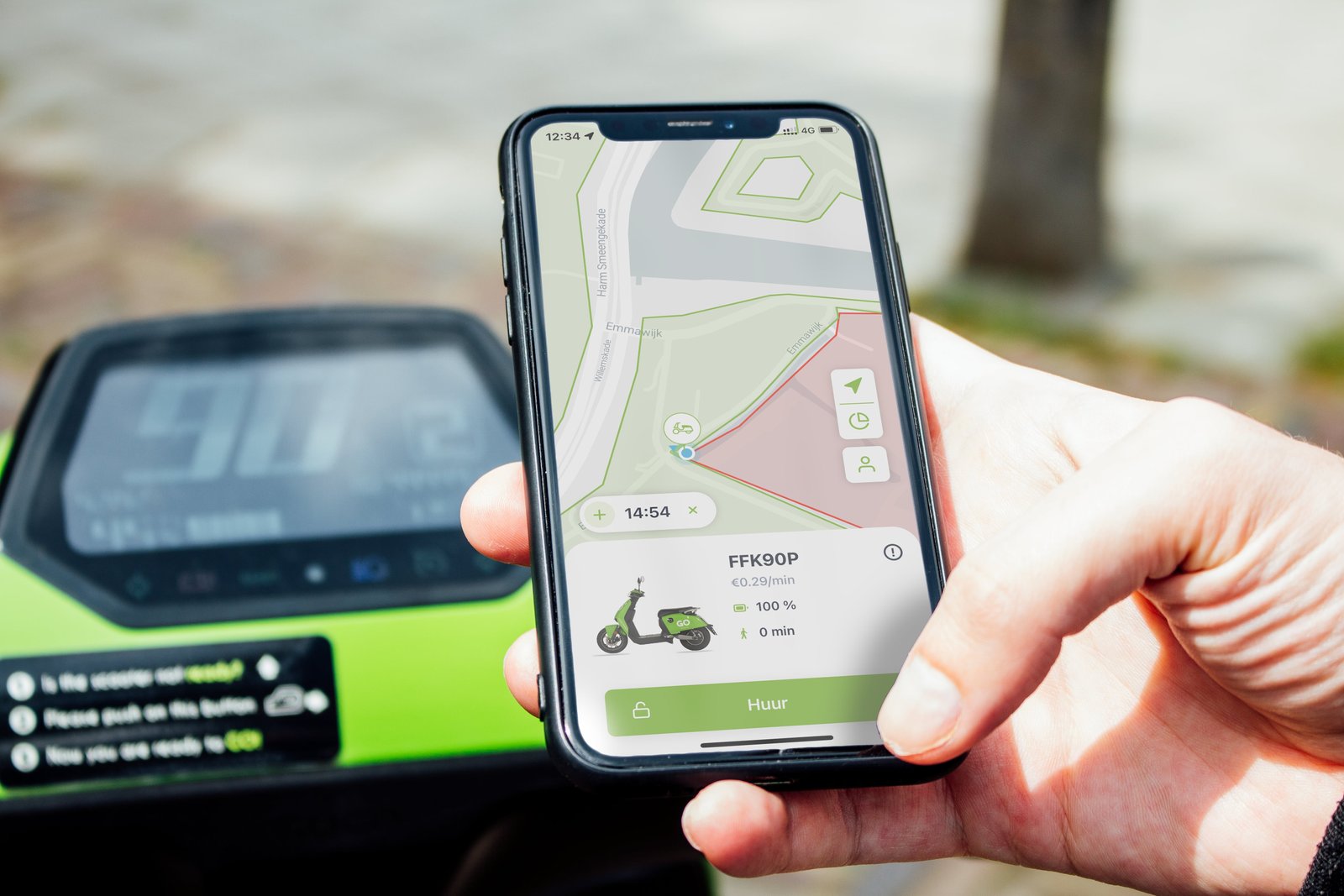


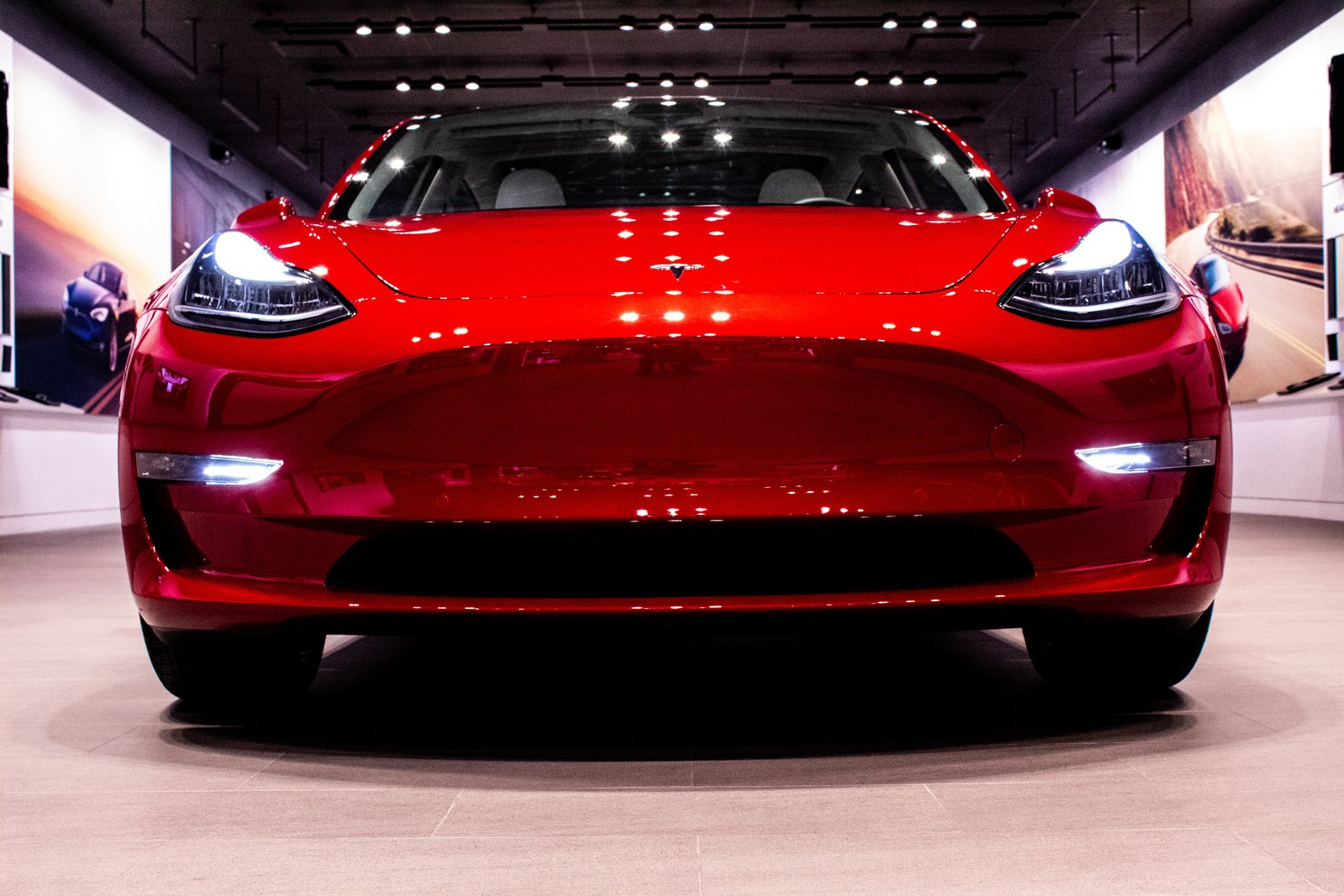
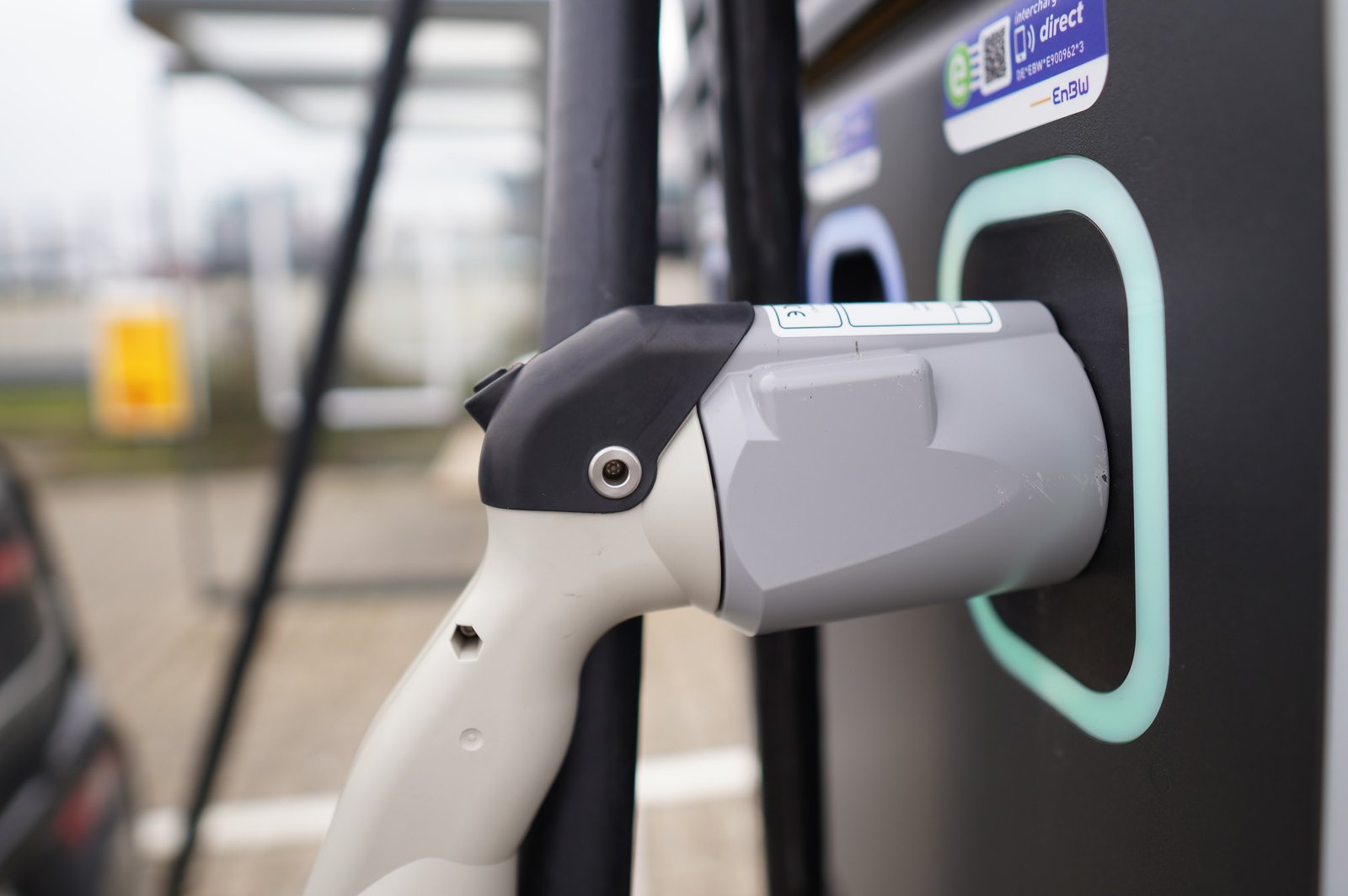


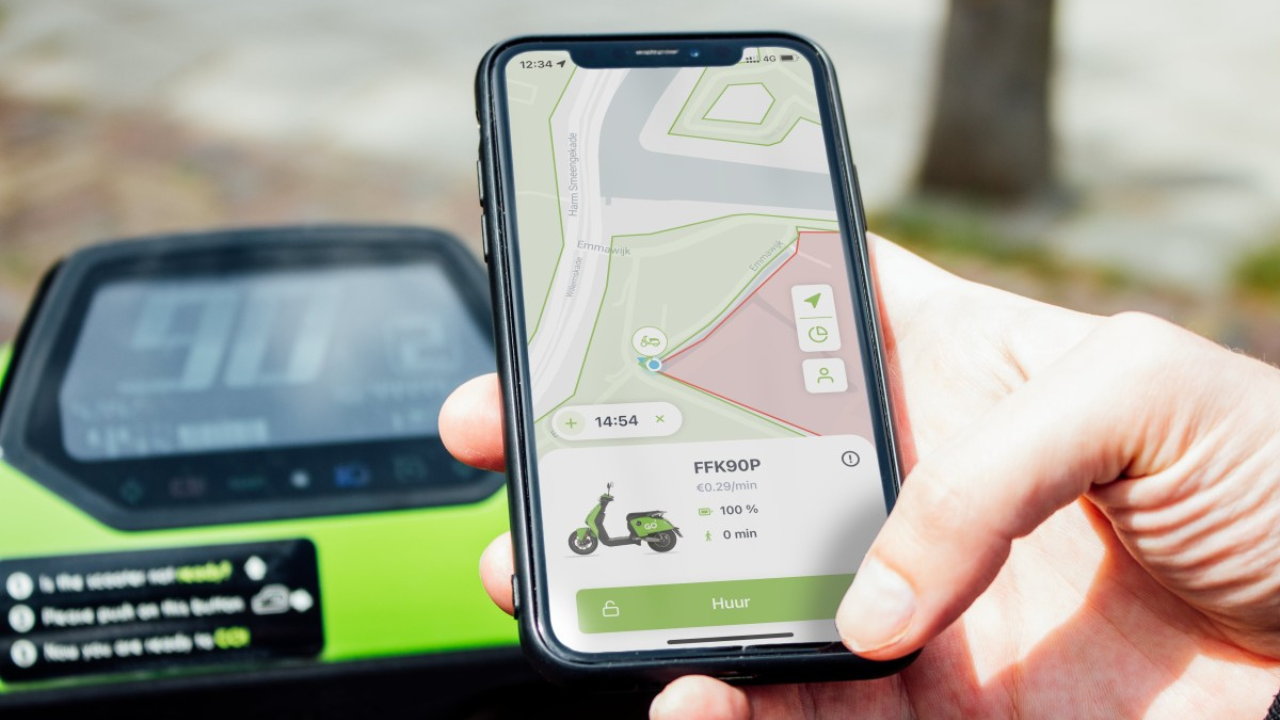
Rating & Reviews
Leave a Reviews